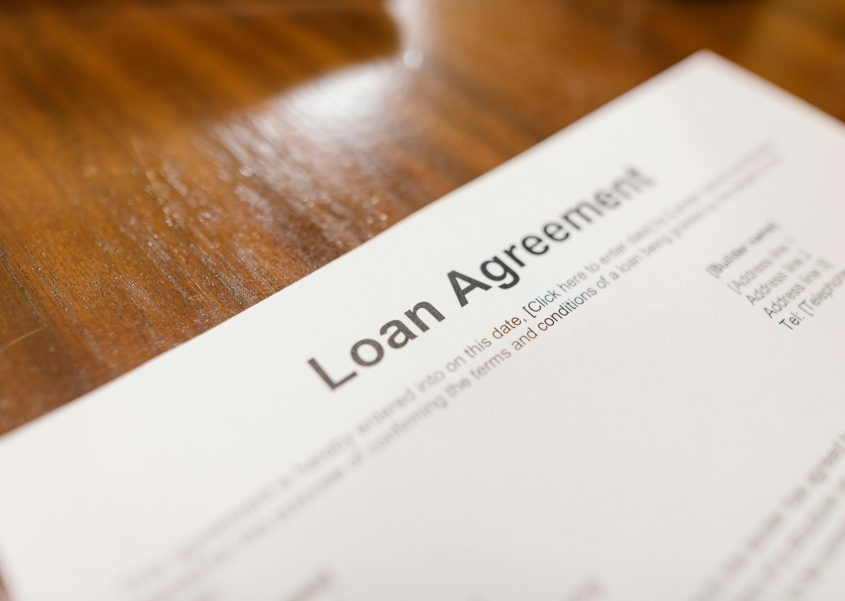Why Did I Not Get The Rate Advertised For My Loan?
Last updated on August 30th, 2024 at 09:12 am
A common question that is asked about loans is why did I not receive the rate advertised? This can leave borrowers feeling particularly confused, especially if they have seemingly met the eligibility criteria.
We take a look at some of the main factors that can determine the loan rate you end up receiving when applying to borrow money.
To give an overview, the rate you are charged by a lender may be specific to manage your risk and likelihood of paying on time, taking into account:
- Credit status
- Income
- Affordability
- Other outstanding loans
- Whether you are a repeat customer
How the representative APR works
In order to understand why you have potentially not ended up receiving the advertised loan rate, it is important to know how the representative APR works.
The representative APR is only available to just over half (51% in total) of successful applicants. This in line with the Consumer Credit EU directive. The directive states that this is a fair approach regarding lending practices, as it means that lenders will need to provide the advertised rate to at least half of all borrowers who have made a successful application for a loan.
However, it does also mean that lenders have the autonomy to charge you a higher APR if you happen to fall into the other 49% of successful applicants, which is one of the reasons why you may not receive the advertised rate.
This considers that every applicant will have different requirements and eligibility in terms of income, affordability, credit scores and more. So whilst a lot of people will be eligible, so many be offered different rates according to the lender to manage risk. For instance, those with poor credit scores are often charged higher rates of interest to manage the risk of potential default.
How the typical APR works
The typical APR means that the rate advertised for the loan needs to be provided to at least 66% of successful loan applicants. However, there are a number of different factors that may determine if you receive this, such as the length of the loan needed and your credit score.
APRs have often look inflated, because they are based on an annual product, so whilst they may be relevant for 12 month loans, they may seem a lot higher for 6 month and 9 month products.
For more information, read our guide on What is APR?
Are you already a customer with the lender?
You may or may not receive the advertised rate depending on your history with the lender you have applied for a loan from. For example, if you have already taken out a variety of loans in the past, and managed to pay these back promptly without difficulties, it is likely to increase your chance of being able to obtain the advertised rate, or lower, as it demonstrates trust.
Equally, if you have paid on time but now you have more loans open and your affordability is more stretched, you may still be offered another loan, but maybe at a higher rate – again to manage the potential risk of default.
The importance of affordability checks
It is also possible that you did not get the rate advertised for the loan you’ve applied for due to affordability checks that have taken place and the criteria of these checks can vary from lender to lender.
To summarise, an affordability check when it comes to short term loans products refers to the ratio between your income and the level of debt you could possibly afford.
In order for lenders to determine this ratio, they may ask you for monthly expenses for a variety of things such as your mortgage payments, credit card payments or average food and entertainment costs.
Having received this information, the lender will consider if it would be possible for you to pay the advertised rate taking into account these other variables. As a result, this may mean you have to pay a higher APR.




Leave a Reply
Want to join the discussion?Feel free to contribute!